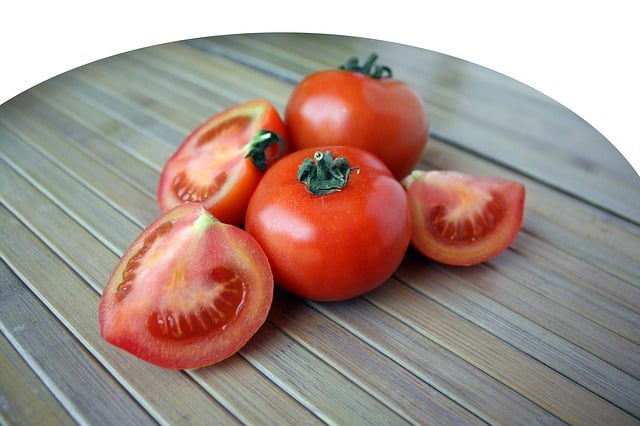
The extract from a book or document should express its main ideas in a summarized way.
The etymology of extract takes us to the medieval Latin extractus . This word, in turn, derives from extrahĕre (which can be translated as "to extract" ).
The notion has several meanings. The first meaning mentioned by the Royal Spanish Academy ( RAE ) in its dictionary refers to the summary of a text that expresses, in a concise manner, the most important part of the content .
How to make an extract
It is generally indicated that an extract should never be longer than 10% of the original text . However, the shorter and more precise the excerpt, the more useful it will be.
The extract must mention the central ideas of the document , but not develop them. Its purpose is for the reader to begin to gain knowledge of the topic that will be addressed or to allow them to know what its essential concepts are.
An excerpt from a scientific publication, for example, can serve as an introduction . At school or university level, on the other hand, it is common for a teacher to ask students to write an excerpt from a certain book in order to evaluate whether they have read and understood it .

In gastronomy, tomato extract is very popular.
Product obtained by extraction
Also known as an extract is the product that is obtained when a part of a raw material is extracted , using procedures such as dissolution , evaporation , maceration or pressing . The extract presents, in concentrated format, the fundamental properties of the original substance.
The extracts are used in different areas. In cooking , for example, an extract can be used to flavor or aromatize . Tomato extract and vanilla extract are among the most popular.
Extracts are frequently used in cosmetic and personal hygiene products. Plants, flowers, spices and fruits such as lemon , cinnamon , mint and orange are often used to make shampoos and aromatic essences.
Homemade extracts
It should be noted that home or homemade extracts can be prepared in a few steps. In the case of the tomato , you must first cut it in half and remove the seeds. Then it is necessary to press it and cook it with salt over low heat. Finally, after sieving, the resulting pulp is exposed to sunlight for several days, stirring from time to time until packaging.
Extracts from fruits such as lemon and orange can be made by macerating their peel or skin in a mixture of water and a high-alcohol drink (such as vodka or rum ). Before using it, it is essential to let it rest for at least a week.
Banking movements
Lastly, the document that reflects the movements made in a bank account is called an extract. Generally, the statement is issued by the bank itself so that the client can keep track of their operations.
Deposits and withdrawals of cash; payments made by debit or credit card; the accreditation or payment of checks ; and account maintenance costs or fees are part of a statement.
